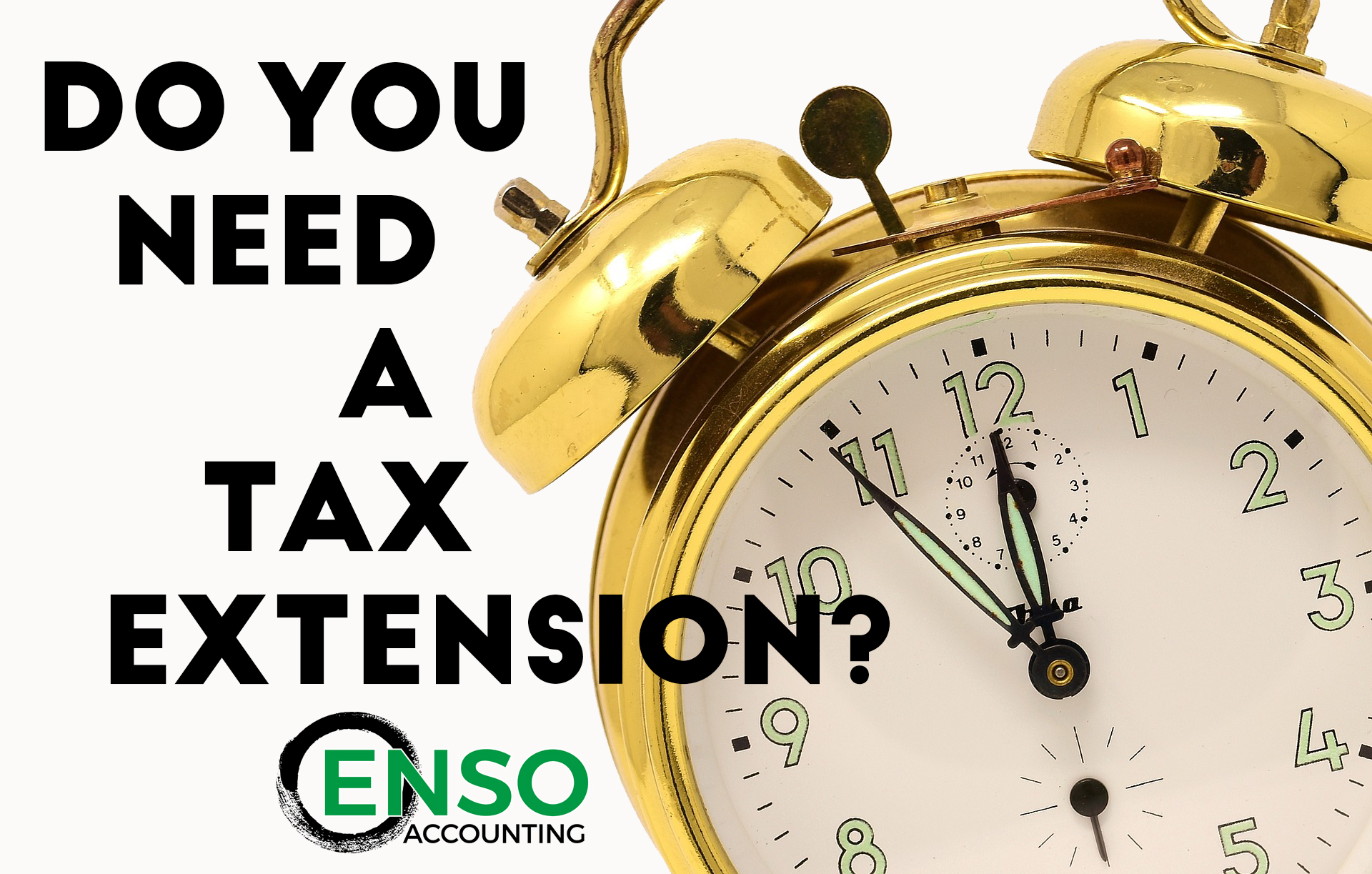With less than a month left until the April 15thdeadline, the term “tax extension” is popping up more frequently. Just because you haven’t filed yet doesn’t necessarily mean you need an extension. But if you’re still waiting on key information, that might be the best route. As you consider your options, try to ask yourself the following questions or—better yet—discuss them with an experienced accountant.
Should I Itemize?
Now, that’s a difficult question, especially this year. But it’s one worth asking. As you (hopefully) know, the standard tax deduction for 2018 nearly doubled. For single people or married individuals choosing to file separately, you’re allowed to deduct $12,000 from last year’s income on a no-questions-asked basis. If you’re filing as the Head of Household, that amount jumps to $18,000. Married couples can take advantage of a $24,000 standard deduction.
By increasing these deductions, supporters of the latest tax reform were hoping to simplify matters. Rather than having to itemize, they thought many taxpayers would choose this standard deduction and save money—all with less paperwork. For the most part, they were right! This year, fewer people are choosing to itemize. Depending on your situation, though, it may still make sense.
If you’re close to the thresholds, you may want to dig into your deductions, looking for items you may have missed. Go through your tax records with a knowledgeable professional, like those at ENSO Accounting, who can help you identify potential savings. Such as charitable donations, mortgage insurance, medical expenses, property taxes, student loan interest, IRA contributions, and many, many more! Just be aware that we may need more time to properly calculate these itemized deductions. In which case, a tax extension might be in order.
Will I Get a K-1?
Not many people get a schedule K-1 tax form, to be honest. It’s primarily intended for individuals who’ve invested in a partnership or an S-corp. Essentially, this reports your share of profits, losses, credits, and deductions—similar to a 1099. It’s just labelled differently since it’s a separate source of income.
Trusts and estates can also file a Schedule K-1 after making distributions to beneficiaries. Hopefully, if you’re receiving one of these key forms, you should be aware of that by now. Even though you may not have actually received it. Typically, they’re issued by March 15th, but that doesn’t mean you haveto have it by then. You might not receive this form for another week, or two, and then you still have to get it to your accountant! If you’re still waiting at this point, you should consider filing a tax extension.
Am I a Candidate for the New Pass-Through Deduction?
Okay, maybe this is a better question for a tax professional. However, this new provision created by the Tax Cuts and Jobs Act of 2017 has a number of restrictions and thresholds that even experienced accountants are struggling to interpret correctly. On one hand, this could be a great opportunity! One that’s definitely worth waiting for and filing an extension to obtain. On the other hand, certain business entities, industries, and even job titles aren’t eligible to take advantage of this 20% business income deduction.
Even if you meet all of these standards, you’re still subject to an income threshold of $157,500 as a single person or $315,000 if you’re filing jointly. Before you try to (mistakenly) claim this deduction or forego a sizable tax cut, it may be better to file for a tax extension.
In any case, don’t forget that this extension only applies to the paperwork—not the payment. If you owe the IRS and fail to submit an estimated payment by April 15th, you’ll be subject to late penalties and accumulating interest. Talk to the team at ENSO Accounting to learn whether any of these situations apply to you for 2018. Then, once we get that sorted out, we can start making a better plan for 2019!




